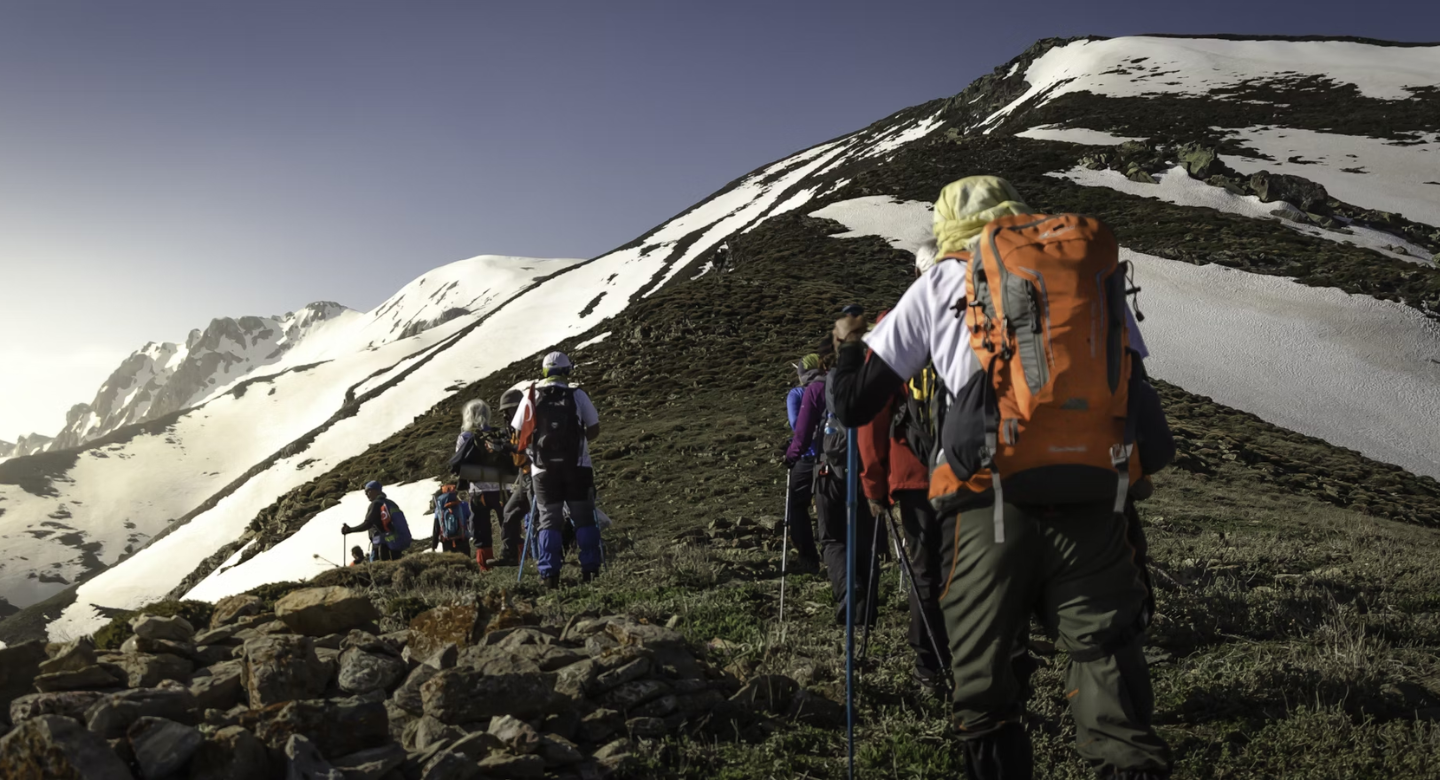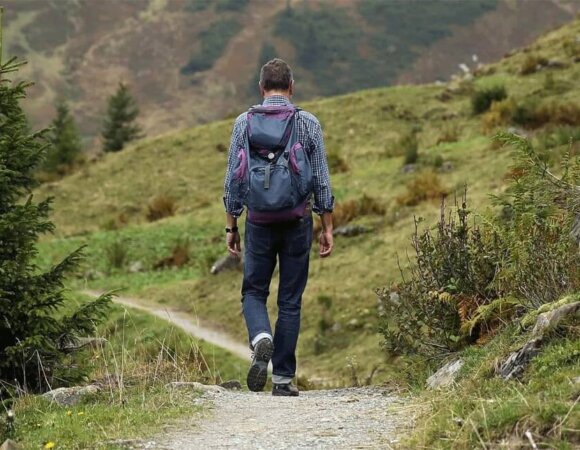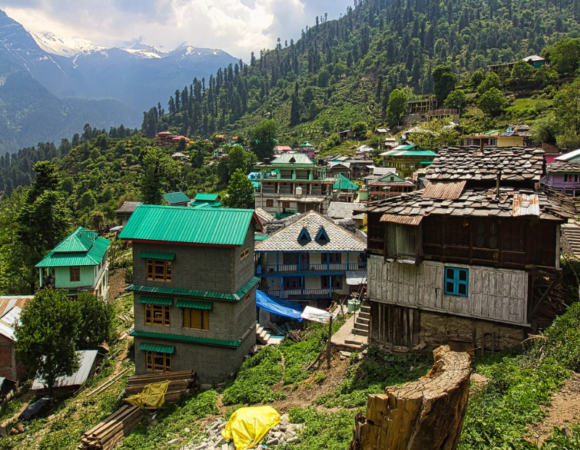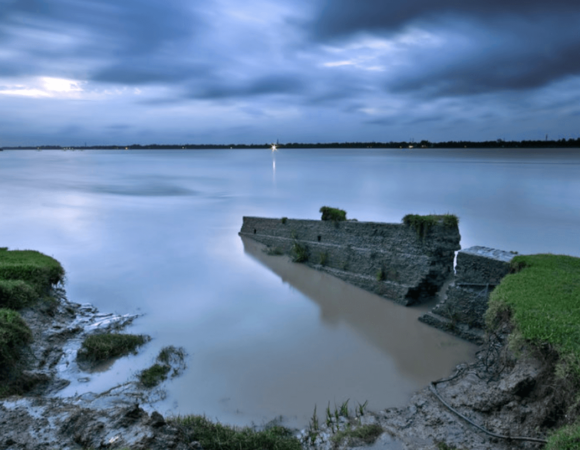Understanding HACE: Symptoms, Causes, and Prevention Strategies
High Altitude Cerebral Edema (HACE) is one of the most serious altitude-related illnesses that can affect climbers, hikers, and travelers who ascend to high elevations too quickly. This potentially life-threatening condition requires immediate recognition and treatment. This comprehensive guide explores what HACE is, how to recognize its symptoms, and most importantly, how to prevent it.
Table of Contents
ToggleWhat is HACE?

High Altitude Cerebral Edema (HACE) is a severe form of altitude sickness characterized by the swelling of brain tissue due to fluid leakage from blood vessels. It typically occurs at elevations above 2,500 meters (8,200 feet) and is considered a medical emergency.
HACE represents the end stage of Acute Mountain Sickness (AMS) and occurs when the body fails to acclimatize properly to decreased oxygen levels at high altitudes. Without proper acclimatization, the brain begins to swell, leading to potentially fatal complications if left untreated.
Recognizing the Symptoms
Early recognition of HACE symptoms is crucial for prompt treatment. The progression from mild altitude sickness to HACE can happen rapidly, often within hours. Be vigilant for these warning signs:
Early Symptoms:

- Severe headache that doesn’t improve with medication: This persistent, intense pain differs from regular headaches by not responding to over-the-counter pain relievers and often worsens with movement or straining.
- Nausea and vomiting: The brain swelling triggers the vomiting center in your brain, leading to persistent feelings of sickness that may make it difficult to maintain hydration and nutrition.
- Extreme fatigue or weakness: Your body experiences profound exhaustion beyond normal tiredness due to decreased oxygen reaching your tissues, making even simple tasks feel overwhelming.
- Dizziness or lightheadedness: The reduced oxygen to your brain impairs its normal functioning, creating sensations of spinning, unsteadiness, or feeling like you might faint.
- Shortness of breath, even when resting: Your body tries to compensate for lower oxygen levels by increasing breathing rate, which becomes noticeable even when you’re not physically active.
Progressive Symptoms:

- Confusion or disorientation: Brain swelling begins to affect cognitive functions, making it difficult to think, remember information, or understand where you are.
- Ataxia (loss of coordination): The neurological effects of HACE impair your brain’s ability to coordinate muscle movements, resulting in clumsiness and difficulty with precise movements.
- Difficulty walking in a straight line: This specific type of coordination loss occurs because the brain’s balance centers are affected, making it impossible to maintain a straight path when walking.
- Changes in behavior or personality: As brain function becomes increasingly compromised, individuals may become irritable, irrational, or display unusual behaviors that are out of character.
- Hallucinations: Severe oxygen deprivation and brain swelling can cause sensory disturbances where you see, hear, or feel things that aren’t present.
Critical Symptoms:
- Decreased consciousness
- Inability to walk
- Severe lethargy
- Coma
A key diagnostic test for HACE is the “heel-to-toe” walking test. If a person cannot walk in a straight line while placing the heel of one foot directly in front of the toes of the other foot, it strongly suggests neurological impairment consistent with HACE.
Risk Factors
Certain factors increase your risk of developing HACE:

- Rapid ascent: Climbing too quickly doesn’t allow your body sufficient time to produce more red blood cells and adapt to lower oxygen levels, dramatically increasing HACE risk.
- History of altitude illness: Previous episodes indicate your body may be more susceptible to altitude-related problems, making you more vulnerable during future ascents.
- Physical exertion: Strenuous activity increases your body’s oxygen demands when it’s already struggling with limited oxygen availability, potentially accelerating altitude sickness.
- Preexisting conditions: Heart or lung issues already compromise your oxygen processing ability, creating a lower baseline that makes altitude adaptation more challenging.
- Medications: Some drugs can mask early warning symptoms or affect respiratory patterns, preventing you from recognizing developing problems.
- Genetics: Your unique genetic makeup may influence how efficiently your body adapts to altitude, with some individuals having natural predispositions toward altitude sensitivity.
- Dehydration: Fluid loss occurs more rapidly at high altitudes due to increased respiration and drier air, contributing to thicker blood that flows less efficiently.
- Age: While youth often brings physical advantages, younger climbers sometimes ascend more aggressively and may ignore early warning signs due to overconfidence.
Prevention Strategies
The good news is that HACE is almost entirely preventable with proper planning and awareness. Here are essential prevention strategies:
1. Gradual Ascent

The most effective prevention method is a slow, gradual ascent that allows your body time to adjust to decreasing oxygen levels. Allowing 300-500 meters elevation gain per day gives your body time to produce more red blood cells and adjust physiologically to decreasing oxygen levels.
- Above 2,500 meters (8,200 feet), increase sleeping elevation by no more than 300-500 meters (1,000-1,600 feet) per day
- Consider a rest day (sleeping at the same altitude) every 1,000 meters (3,300 feet) of ascent
- Follow the climber’s mantra: “Climb high, sleep low.”
2. Acclimatization Days

Taking planned rest days at the same elevation allows your body’s adaptation mechanisms to catch up before challenging it with further ascent.
- Build “acclimatization days” into your itinerary
- Take day hikes to higher elevations and return to lower elevations for sleeping
- Allow extra days in your schedule for proper acclimatization
3. Proper Hydration

Drinking 4-5 liters daily counteracts the increased fluid loss experienced at altitude and helps maintain optimal blood flow throughout your body.
- Drink plenty of water (4-5 liters per day at high altitude)
- Limit alcohol consumption, which can cause dehydration
- Reduce caffeine intake, which can worsen symptoms
4. Nutrition

A high-carbohydrate diet provides efficient energy that requires less oxygen to metabolize, making it ideal fuel for your body under low-oxygen conditions.
- Maintain a high-carbohydrate diet (70% of calories) during your ascent
- Eat regular meals, even if your appetite is decreased
- Consider small, frequent meals if nausea is present
5. Preventive Medications

Drugs like Acetazolamide work by creating a mild metabolic acidosis that triggers increased breathing and better oxygen absorption, while dexamethasone reduces inflammation and brain swelling.
Consult with a physician experienced in altitude medicine before your trip:
- Acetazolamide (Diamox): Can help prevent and treat altitude sickness
- Dexamethasone: A powerful steroid that can prevent HACE in high-risk situations
- Nifedipine: May help prevent altitude pulmonary edema (HAPE), often associated with HACE
6. Monitoring Symptoms

Daily self-assessment using validated tools like the Lake Louise Score helps catch subtle changes before they become dangerous problems.
- Use a symptom checklist and monitor yourself and your companions daily
- Be honest about symptoms; denial can lead to dangerous situations
- Consider using the Lake Louise Score to assess altitude sickness
7. Avoid Respiratory Depressants
Substances like alcohol and sleeping pills slow your breathing rate when your body needs to breathe more to compensate for lower oxygen levels.
- Avoid sleeping pills and tranquilizers at altitude
- Limit alcohol consumption, especially during the first 48 hours at a new altitude
8. Portable Hyperbaric Chambers
These emergency devices simulate a lower altitude by increasing pressure around the patient, effectively giving them more oxygen while preparing for evacuation.
For expeditions to remote areas:
- Consider carrying a portable hyperbaric chamber like the Gamow bag
- Learn how to use it before your expedition
- Understand that while helpful, it’s not a substitute for decent
Emergency Response: When Prevention Fails
If someone shows signs of HACE despite preventive measures, immediate action is essential:
- Descend Immediately: The definitive treatment for HACE is descent. Even a descent of 500-1,000 meters (1,600-3,300 feet) can significantly improve symptoms.
- Administer Supplemental Oxygen: If available, give oxygen at 2-4 liters per minute.
- Administer Dexamethasone: A 8mg initial dose followed by 4mg every 6 hours can reduce brain swelling.
Conclusion on Understanding HACE: Symptoms, Causes, and Prevention Strategies
High Altitude Cerebral Edema is a serious but preventable condition that demands respect from anyone traveling to high altitudes. By understanding its symptoms, risk factors, and prevention strategies, you can greatly reduce your chances of developing this potentially fatal condition. Remember that no summit, view, or adventure is worth your life—always prioritize safety and be willing to turn back if symptoms develop. With proper planning, gradual ascent, and vigilant monitoring, you can safely enjoy the breathtaking experiences that high-altitude environments offer.
Explore More Such Content
Understanding Acute Mountain Sickness (AMS): Causes, Symptoms & Preventions for Trekkers
Managing Acute Mountain Sickness (AMS) on the Trail: Diagnosis, Treatment, and Essential Gear
Frequently Asked Questions (FAQs) About HACE: Symptoms, Causes, and Prevention Strategies
What’s the difference between normal altitude sickness and HACE?
Normal altitude sickness (Acute Mountain Sickness or AMS) typically includes headache, nausea, fatigue, and loss of appetite. HACE is a progression of AMS where fluid begins leaking into brain tissue, causing more severe symptoms like confusion, ataxia (loss of coordination), and potentially coma. Think of HACE as the dangerous end-stage of altitude sickness that requires immediate medical intervention, while AMS is often manageable with rest and acclimatization.
How quickly can HACE develop after reaching high altitude?
HACE can develop surprisingly quickly, sometimes within 12-24 hours of ascent to high altitude. However, it most commonly occurs after 2-3 days at altitude, especially when continuing to ascend despite symptoms of AMS. The progression from mild altitude symptoms to life-threatening HACE can happen within hours once it begins, which is why immediate descent is critical when symptoms appear.
Can physically fit people still get HACE?
Absolutely. Physical fitness provides no protection against HACE. In fact, very fit individuals sometimes face higher risk because they can physically push themselves to ascend faster than their bodies can acclimatize. Many HACE victims have been elite athletes who ascended too quickly. Your body’s ability to adapt to altitude is largely independent of your physical conditioning.
Are children more susceptible to HACE than adults?
Current research doesn’t indicate that children are inherently more susceptible to HACE than adults. However, children may have difficulty articulating their symptoms, making detection challenging. Additionally, children might not understand the importance of reporting symptoms or may push through discomfort to keep up with family members. Parents should monitor children closely and take any complaints seriously when at altitude.
Can you develop HACE even if you’ve been to high altitude before without problems?
Yes. Previous successful trips to altitude don’t guarantee protection on future ascents. Each journey to altitude is unique, and factors such as faster ascent rates, different starting points, current health status, sleep quality, and hydration can all influence your susceptibility. Some climbers develop altitude illness on their tenth expedition despite having no problems on previous trips.
How effective is Diamox (acetazolamide) in preventing HACE?
Diamox can reduce the risk of AMS by about 75% when taken prophylactically, which indirectly reduces HACE risk since HACE typically develops from progressing AMS. However, it’s not 100% effective, and relying solely on medication without proper acclimatization is dangerous. Diamox helps your body acclimatize faster but doesn’t replace the need for gradual ascent. It’s best viewed as an additional tool rather than primary prevention.
Is it safe to sleep at high altitude if I feel fine during the day?
This requires careful consideration. Many people feel relatively well during daytime activities but develop more severe symptoms during sleep when respiratory drive naturally decreases. The climber’s rule of “climb high, sleep low” exists because symptoms often worsen during sleep at higher altitudes. If you’ve just ascended significantly and feel even mild symptoms, consider descending to sleep at a lower altitude where you previously felt well.
Can using supplemental oxygen prevent HACE during high-altitude expeditions?
Using supplemental oxygen can decrease the risk of HACE by artificially increasing the oxygen available to your body, essentially simulating a lower altitude environment. However, it’s important to understand that oxygen use masks rather than resolves the underlying acclimatization issue. If oxygen supply is depleted or equipment fails, you could experience rapid onset of severe symptoms. Supplemental oxygen should be considered a temporary support or emergency measure, not a substitute for proper acclimatization.
After recovering from HACE, how long should I wait before attempting to return to altitude?
Medical recommendations suggest waiting at least 1-3 months after a HACE episode before returning to high altitude. This allows your brain and body to fully recover from the physiological stress. When you do return, ascend even more gradually than typically recommended, stay at lower elevations than where symptoms previously developed, and consider prophylactic medication after consulting with a physician experienced in altitude medicine. Previous HACE significantly increases your risk of recurrence.
Can you develop HACE when returning to high altitude after descending for a short time?
Yes, this phenomenon is known as “reascent HACE” and can be particularly dangerous. After descending to treat symptoms, your body begins to readjust to lower elevation. If you ascend again too quickly—even if you’ve been at that same altitude previously—you can develop HACE with surprising speed. Always treat reascent with the same caution as your initial ascent, allowing time for re-acclimatization rather than assuming your body has maintained its adaptation.






